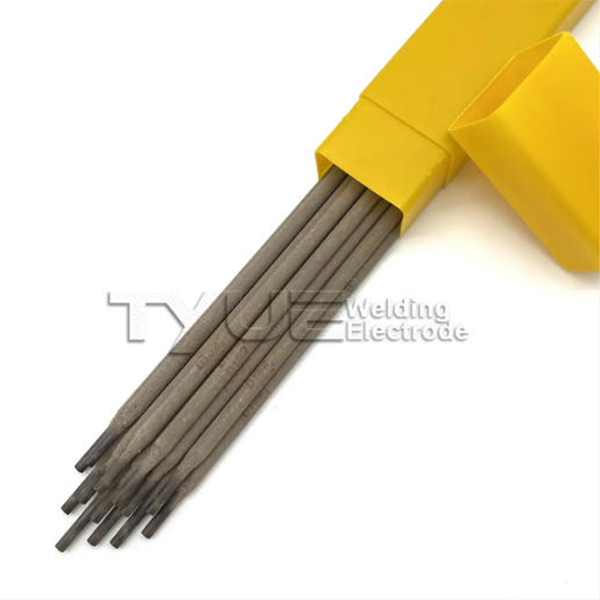The D132(B-83) Hardfacing Rod stands as a specialized low-hydrogen welding electrode engineered for critical rebuild welding operations. This arc welding stick excels in restoring worn components subjected to moderate abrasion and high compressive forces. Designated as both a surfacing welding rod and rebuild solution, it produces exceptionally stable, low-spatter arcs while minimizing hydrogen-induced cracking risks. Its formulation ensures smooth deposition and consistent bead appearance, making it ideal for repairing industrial machinery, agricultural equipment, and automotive parts requiring dimensional restoration and surface hardening.
Technical specifications highlight the rod’s unique capabilities. The deposited weld metal exhibits high compressive strength and maintains excellent machinability – permitting post-weld operations like turning, milling, and planing without compromising integrity. This characteristic is invaluable for precision components requiring tight tolerances after surfacing. Classified as a low-hydrogen electrode, it significantly reduces porosity and cold cracking susceptibility, particularly in thick sections or high-restraint joints. The balanced flux system provides slag detachment and minimizes spatter, enhancing operational efficiency.
For applications demanding resistance to moderate wear, the Hardfacing Rod offers superior performance. The alloy composition creates a tough, work-hardening surface layer that effectively combats abrasive wear in environments like bulk material handling, earthmoving, or manufacturing. Unlike brittle alternatives, D132(B-83)’s deposits absorb impact energy while maintaining surface hardness, extending component service life significantly. It is particularly suited for rebuilding shafts, rollers, crusher components, and industrial blades exposed to continuous friction and pressure.
Optimal results require adherence to welding parameters: Preheat components to 250-300°C (482-572°F) based on mass, maintain interpass temperatures, and use DC reverse polarity (electrode positive). Store rods in sealed containers at 250-300°F (121-149°C) and rebake if exposed to ambient humidity exceeding 50% for over 4 hours. Deposit beads in narrow, stringer passes to control dilution and maximize hardness. Post-weld slow cooling under insulation is recommended for critical applications to prevent hydrogen embrittlement.
The D132(B-83) Hardfacing Rod provides a reliable, machinable solution for combating wear and restoring dimensions. Its low-hydrogen properties, combined with high compressive strength and controlled wear resistance, make this surfacing welding rod indispensable for maintenance and rebuild programs across heavy industries. By selecting this electrode, engineers ensure restored components regain original functionality while achieving extended operational lifespans under demanding conditions.
Post time: Aug-12-2025

